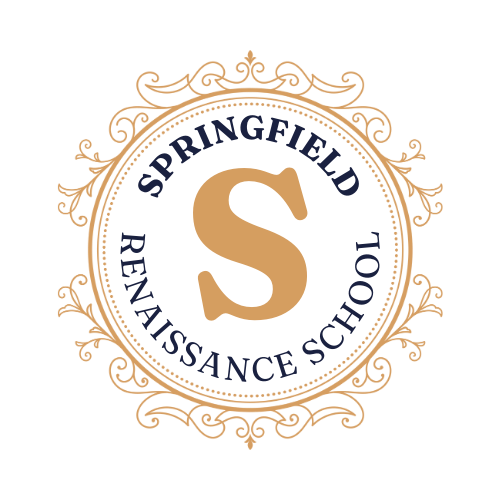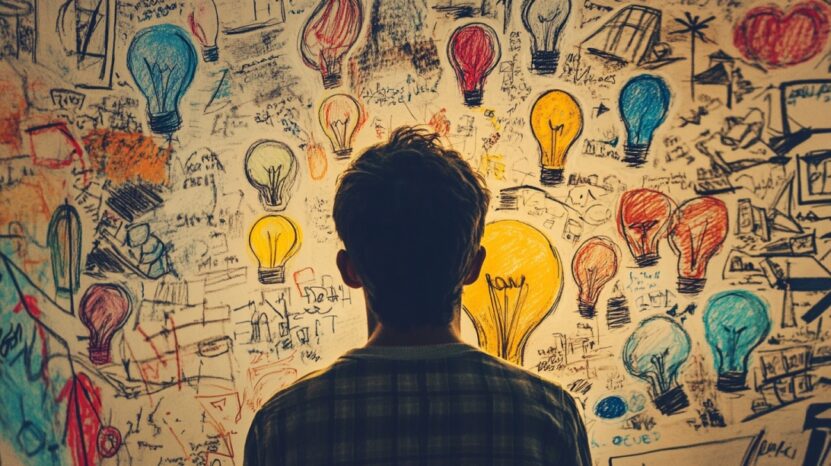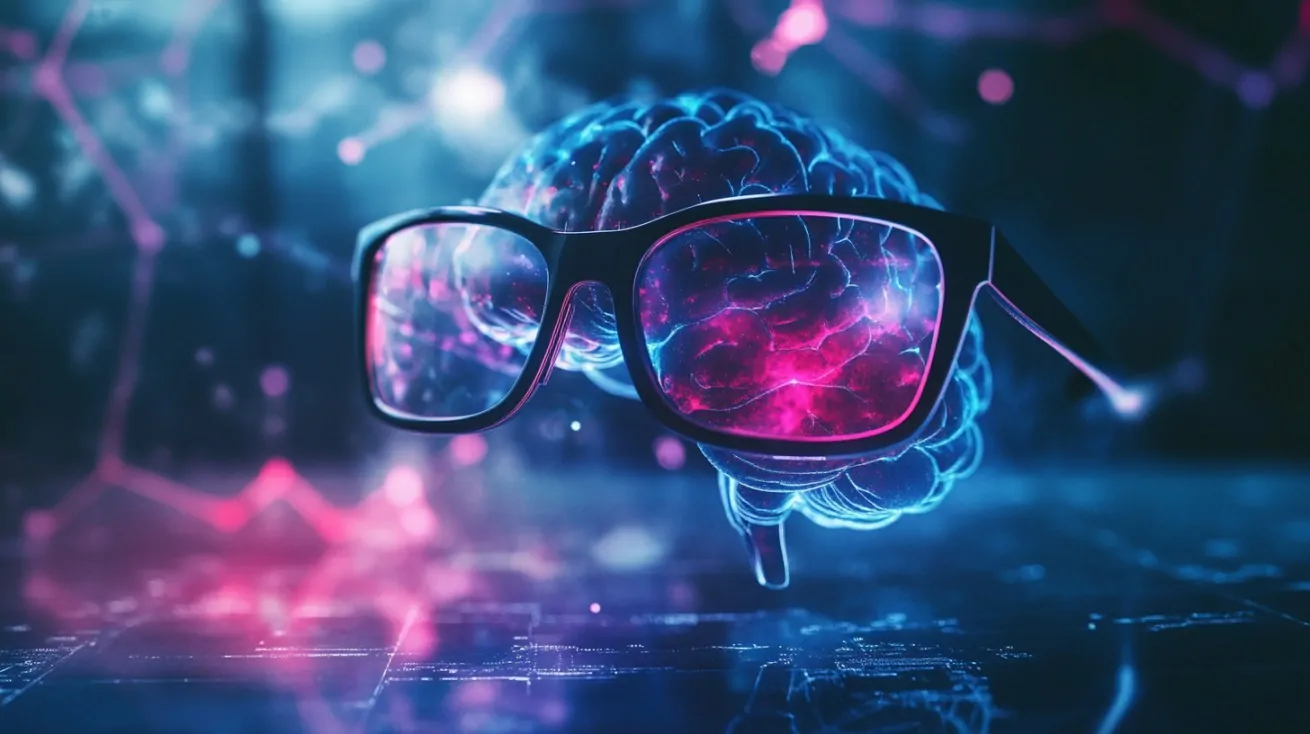
Share Post:
Plenty of people soak up details best through charts, symbols, colors, and other image-based tools. It’s incredibly common to find words alone a bit dull, especially if a person’s mind is wired for pictures.
Sometimes, it feels like hours of reading or staring at plain text doesn’t stick. A splash of color or a well-placed doodle can flip that whole script.
There’s no need to sound hyper-formal here—just going for a cozy chat about reliable methods that amplify recall and clarity for anyone who loves visuals.
With the right approach, study sessions transform from snooze-fests into vibrant adventures. Let’s jump right in and explore some of the best ways to power up learning with images and color!
1. Mind Maps and Concept Maps

A quick web of ideas on paper can capture the shape of a topic far better than linear paragraphs. Place a big idea in the middle and branch outward with related concepts.
Each branch can hold smaller details, categories, or facts. That layout helps the mind register relationships in a flash.
Why it stands out:
- Stimulates creative thinking rather than rigid note-taking
- Reveals how subtopics connect
- Encourages recall in a visually memorable way
Concept maps often look more structured, with boxes or bubbles linked by arrows or lines. The principle is similar—organize information so the eyes can track themes easily.
2. Sketchnoting
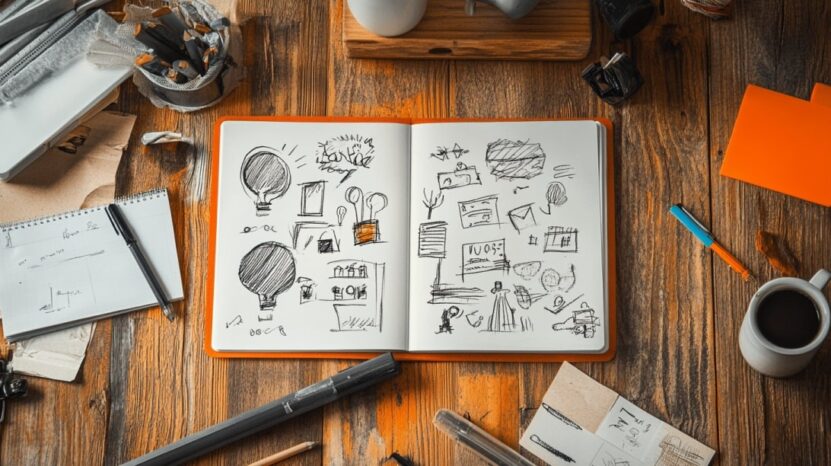
Ever noticed that little sketches on the edges of notes spark memories more effectively than plain words? Sketchnoting blends informal drawings, symbols, and keywords.
Some people worry about being “bad at art,” but neatness isn’t the main goal. Tiny stick figures, arrows, or icons can be more than enough to refresh memory down the line.
Try a simple approach:
- Scribble a central icon for the main idea
- Use arrows or lines to connect supporting points
- Sprinkle in short text for clarity
Plenty of learners find the act of drawing keeps the mind busy and alert, making it less likely to tune out or lose track. Little sketches often help the brain store data in a more lively way.
3. Flashcards with Visual Flair

Flashcards might be a classic tool, but they pack a punch when images or color codes get involved. By pairing a concept or question on one side with a small picture or diagram on the other, the brain gets a multi-sensory cue—text plus visuals.
Consider a few twists:
- Color-code by theme or chapter
- Add mini drawings, no matter how simple
- Shuffle them and quiz yourself or a friend
Sometimes, images do a better job of triggering a key memory than words. That’s huge when trying to recall dates, vocabulary, or formulas.
Also, a small deck is easy to tote around on public transport or while waiting for an appointment.
4. Memory Palace (Method of Loci)
So many people swear by the approach often called the memory palace.
Visualizing a space that’s super familiar—like a childhood home or a well-trodden walking route—can help attach bits of new information to rooms, corners, or objects in that mental space.
Later, a quick “walk” through that place in the mind can pull up the details that were planted there.
Possible steps:
- Pick a location with distinct rooms or spaces
- Label each spot with a piece of information
- Mentally tour the layout to bring all items back to mind
5. Charts, Graphs, and Diagrams
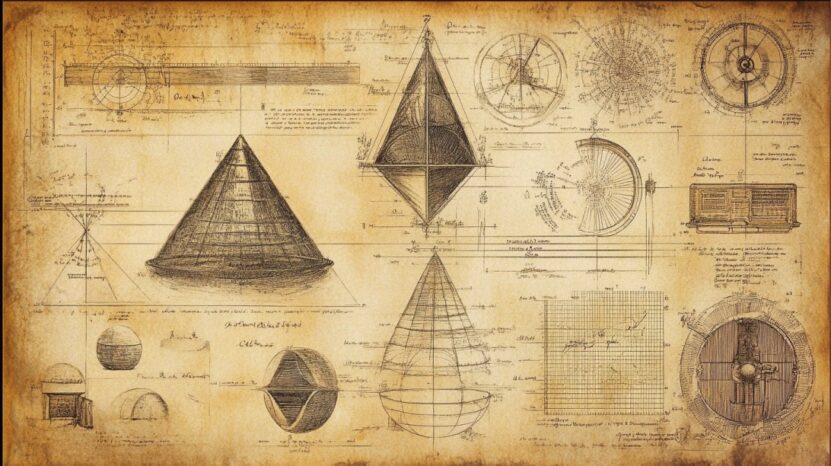
Transforming words into pictures can cut through confusion. Instead of reading pages upon pages of explanations or lists, consider a bar graph, pie chart, timeline, or Venn diagram.
Sometimes a single image is enough to reveal hidden connections or patterns.
Great uses:
- Timelines for historical events or processes
- Flowcharts for step-by-step tasks or procedures
- Pie charts for showing proportions or percentages
6. Color-Coding and Highlighting

Plain black text on white paper can feel lifeless. A sprinkle of color can separate big ideas from details or different categories from each other.
Some people assign red to important definitions, green to new vocabulary, and blue to formulas. Another approach is to highlight quotes in pink and supporting facts in yellow.
Why it helps
- Simplifies scanning material later
- Triggers the memory using distinct hues
- Adds a bit of fun to the routine
One caution: Going wild with highlighters can accidentally turn a page into a rainbow blur. A small legend in the notebook might keep color usage consistent.
7. Educational Videos and Dynamic Animations
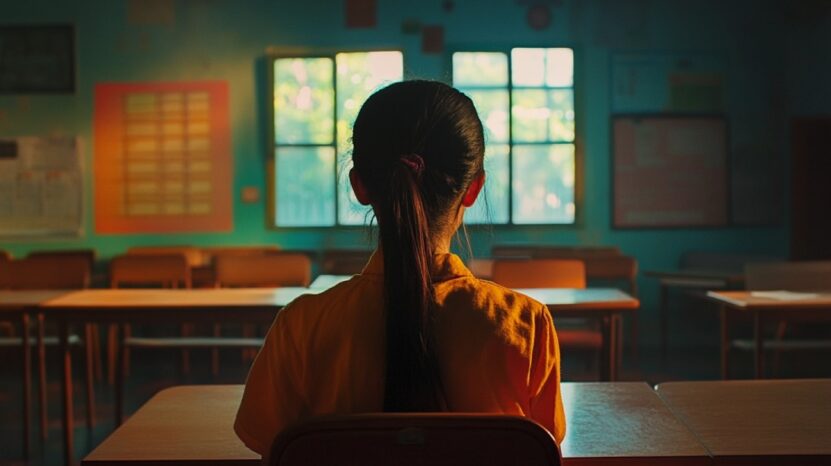
Absorbing a concept through a short video or animated tutorial often beats reading about it in plain text.
Visual learners might love seeing a chemical reaction demonstrated through a step-by-step animation, or a historical event laid out as a short documentary clip.
A platform that provides well-made visual content can anchor big ideas in the mind.
Suggestions:
- Pause every so often to recap the main points
- Take short doodle-notes while watching
- Jot down timestamps or key frames for quick replays
8. Active Reading with Visual Summaries
Active reading goes beyond glancing at the words. It involves picking out key statements and then turning them into mini summaries or diagrams.
Some people read a paragraph or page, pause to reflect on the important bits, and then outline them in a few bullet points or a small flowchart right in the margin.
That approach keeps the brain on its toes and less likely to slip into autopilot.
Try bullet points in the following ways:
- Use a different style for main ideas versus details
- Write a quick question or prompt next to each paragraph
- Sketch an arrow linking related points from previous sections
9. Graphic Organizers for Structured Thinking

When a topic feels like a jumbled mess, a graphic organizer can untangle the threads. Flowcharts, mind webs, and cause-and-effect charts each provide a clean way to lay out complicated info.
A few perks:
- Quick way to spot gaps or missing elements
- Encourages logical ordering of points
- Helps keep track of multiple layers of a concept
For essay planning, put the thesis or main argument in a center box, branch out with supporting points, then add lines for references or examples.
That layout often reveals a neat path from introduction to conclusion, with fewer random tangents along the way.
10. Mental Imagery and Visualization

Plenty ofpeople recall big events or intense scenes by playing a mental movie. That same principle can apply to academic material.
Imagining a cell as a busy factory, or a historical leader as a character in a vivid story, can make facts less abstract and more concrete.
A couple of approaches:
- Attach quirky or silly images to serious facts to make them stick
- Picture formula letters as living characters interacting in a scene
- Spin a mini-story around a sequence of events or steps in a process
11. A Visually Friendly Study Space

Studying in a bland, uninspiring area can drain motivation. A few well-placed posters, colorful sticky notes, or pinned charts can shift the mood and keep the mind alert.
Some prefer a whiteboard that can be updated daily, others prefer an inspiration wall with key diagrams or quotes.
Experiment until the space feels inviting enough to spend an hour or two without dozing off.
Possible additions:
- A color-coded calendar on the wall to track deadlines
- A small board with cartoonish sketches related to the subject
- LED lights in a subtle hue for a comforting vibe
12. Group Sessions with Shared Visuals

Collaboration can spark fresh insights, especially if everyone draws or sketches ideas on a big paper or a shared digital platform. A math problem might feel tough solo, but a friend’s drawing of the concept could make it click.
Ideas for group collaboration:
- Pass around a blank mind map and let each person contribute a branch
- Break a large poster into sections for different subtopics
- Practice explaining a concept aloud while drawing it on the spot
13. Retrieval Practice with Visual Prompts

Testing memory at intervals helps strengthen neural pathways. For visual learners, that often means using picture-based quizzes, matching games, or flashcards with images.
Some learners set up a puzzle-like arrangement: match the right color-coded shape with its definition. The slight element of fun can encourage more frequent practice sessions.
A typical routine might look like:
- Shuffle a small pile of flashcards and spread them out on a table
- Flip them one at a time, trying to recall the answer
- Use pictures as cues to jog memory (like a quick sketch of an event that matches a date)
14. Visual Mnemonics for Key Info
Mnemonics link data to a creative prompt. For people who learn visually, that means images are front and center.
An easy example: memorizing the planets by imagining each one as a silly cartoon figure lined up in order of distance from the sun. Or associating each letter in a spelling word with a small icon.
Advantages
- Personal flair leads to stronger retention
- Unusual or funny images tend to stick in the mind
- Simplifies complicated or lengthy items into more digestible bits
15. Regular Visual Summaries
Revisiting a subject a few times over days or weeks cements it. Summaries that feature neat diagrams or colorful bullet points take advantage of an image-based memory.
For example, once a week, re-sketch a concept map from memory, then compare it to the original. That quick refresher prevents info from vanishing into some dusty corner of the mind.
Handy ideas for quick reviews:
- Transform notes into an infographic (hand-drawn or digital)
- Make a short “visual cheat sheet” for each chapter or unit
- Use large sticky notes to jot the main ideas, then stick them around the house
Studying in small, repeated bursts avoids last-minute cramming and keeps the material fresh. Adding images or diagrams to that regular review helps the mind latch onto something interesting each time.
Wrapping Up
All of those tactics cater to people who learn best through images, shapes, and color. Rather than working against that preference, it helps to lean into it with multiple techniques—anything from color-coded flashcards to memory palaces.
No one has to try every single trick right away. It’s usually more practical to pick one or two that resonate. Over time, adding more options can form a personal study system that’s both engaging and efficient.
The key takeaway? A bit of creativity goes a long way. There’s no need to be a master artist or have the world’s fanciest tools. A handful of markers, some scrap paper, and a willingness to color outside the lines might be all that’s necessary to turn studying into a rewarding experience.
- Bonus: You can find various online learning platforms that have support for students who need more visual help when studying.
Ready to power up with color and creativity? Go for it! It might be the best move ever for a visual learner hungry for lasting progress.
Related Posts:
- 20 Must-Subscribe YouTube Math Channels for…
- The Truth About Online University Programs - Can You…
- Top 10 Study Tips for College Students - Stay…
- 7 Best Mind Mapping Tools for Teachers and Students
- Is the Sandwich Method the Best Way to Deliver Feedback?
- Best App to Read Books for Free - Top Recommendations

